Meditations
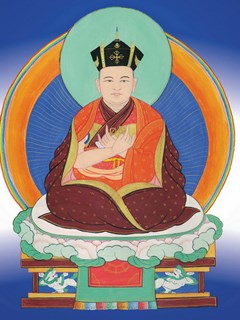
16th Karmapa Meditation16th Karmapa Meditation is the foundational practice of Diamond Way Buddhism. The emphasis is on actively continuing the pure view, obtained in meditation, into daily life. This meditation is a complete practical tool for enlightenment. |
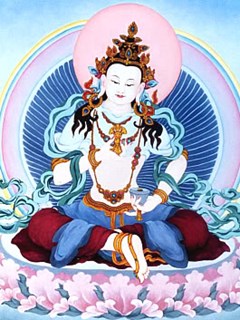
Diamond MindDimond Mind (Tib. Dorje Sempa, Skt: Vajrasattva). Vajrasattva practice is one of the major Tibetan Buddhism practices, which is used in the Ngondro, or preliminary practices. The meditation helps to transform hatred, anger and malevolence in the mirror of wisdom. According to sacred texts, even the most difficult impressions accumulated in the course of many lives resolve after 111 111 recitations of Vajrasattva's hundred-syllable mantra. |
Guru-yogaGuru-yoga is a meditation on the teacher as the representative of the Buddha to establish the most close contact with the Enlightenment. The Guru has developed the qualities of mind and has a great meditational experience gained in this and in previous lives. He is the living Buddha, or released Bodhisattva. He has already come to the goal, and therefore can help others to achieve it. The Guru is essential as a guide during practice, as without his example, blessings and grace, genuine progress is held to be almost impossible. |
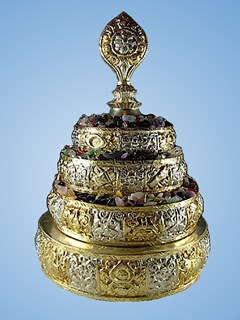
Mandala offeringsMandala offerings is one of the four preliminary practices of Tibetan Buddhism (Ngondro), following which we imagine mentally the Universe, full of treasures, which we are offering to the Buddhas. The purpose of this practice is the accumulation of merit and wisdom. The practice develops generosity, purifies of attachment. |
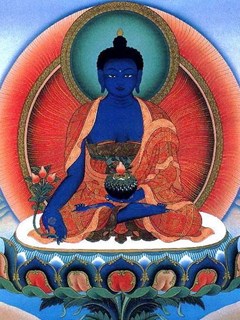
Medicine BuddhaThe practice of Medicine Buddha, the Supreme Healer (or tib. Sangay Menla) is held to de extremely powerful method not only for healing of physical illnesses oneself and others, but also for purification of negative karma. The Mantra helps to overcome the inner sickness of attachment, hatred, and ignorance. Thus meditation on the Medicine Buddha is effective in decreasing physical and mental illness and suffering. |
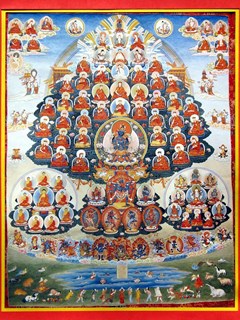
RefugeFor a Buddhist, taking refuge in The Three jewels: The Buddha, The Dharma, and The Sangha, is the basis of all practice. Taking refuge is not only a ceremony which takes place once, but also a foundation of the major buddhist practice - prostrations. Doing prostrations, we take refuge and cultivate Bodhicitta. This practice promotes purifying of pride, jealousy, envy. |